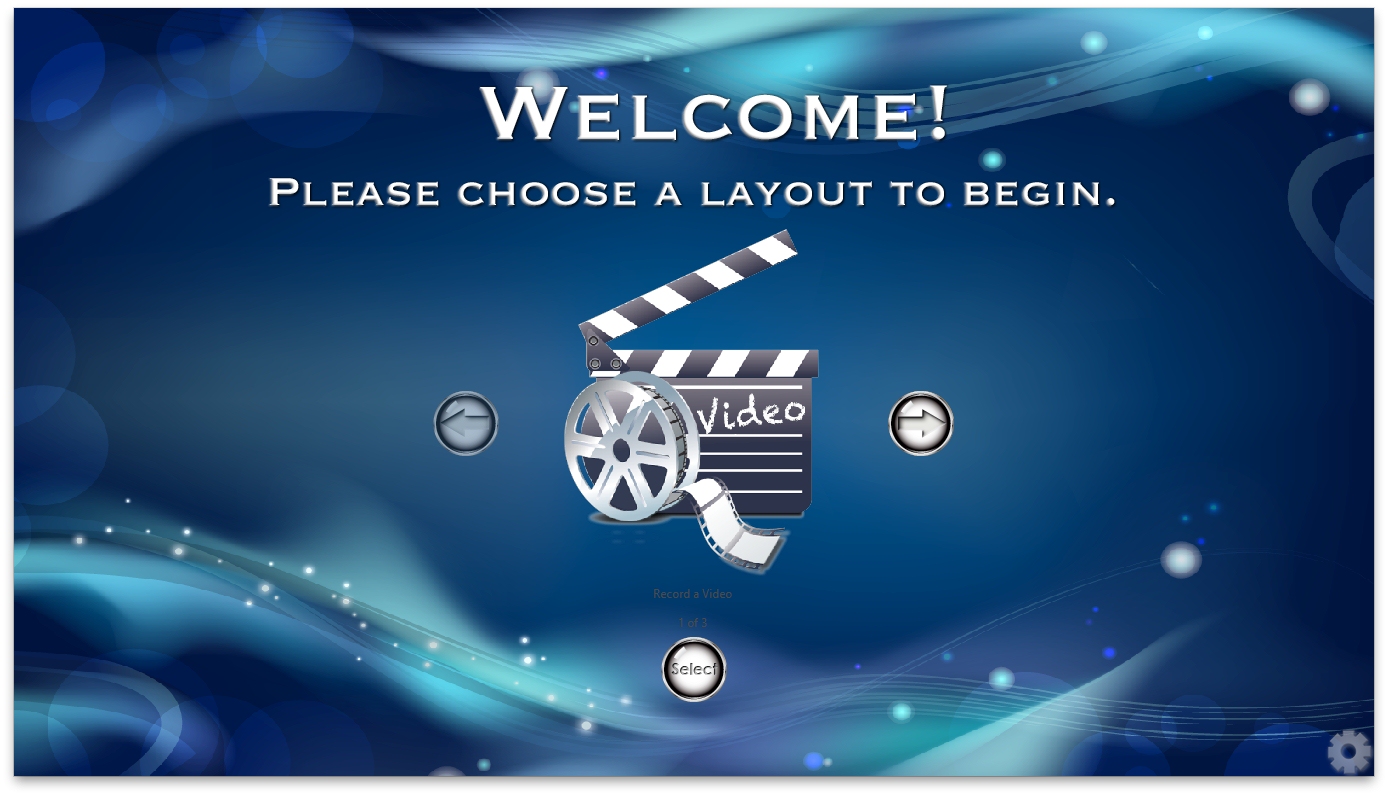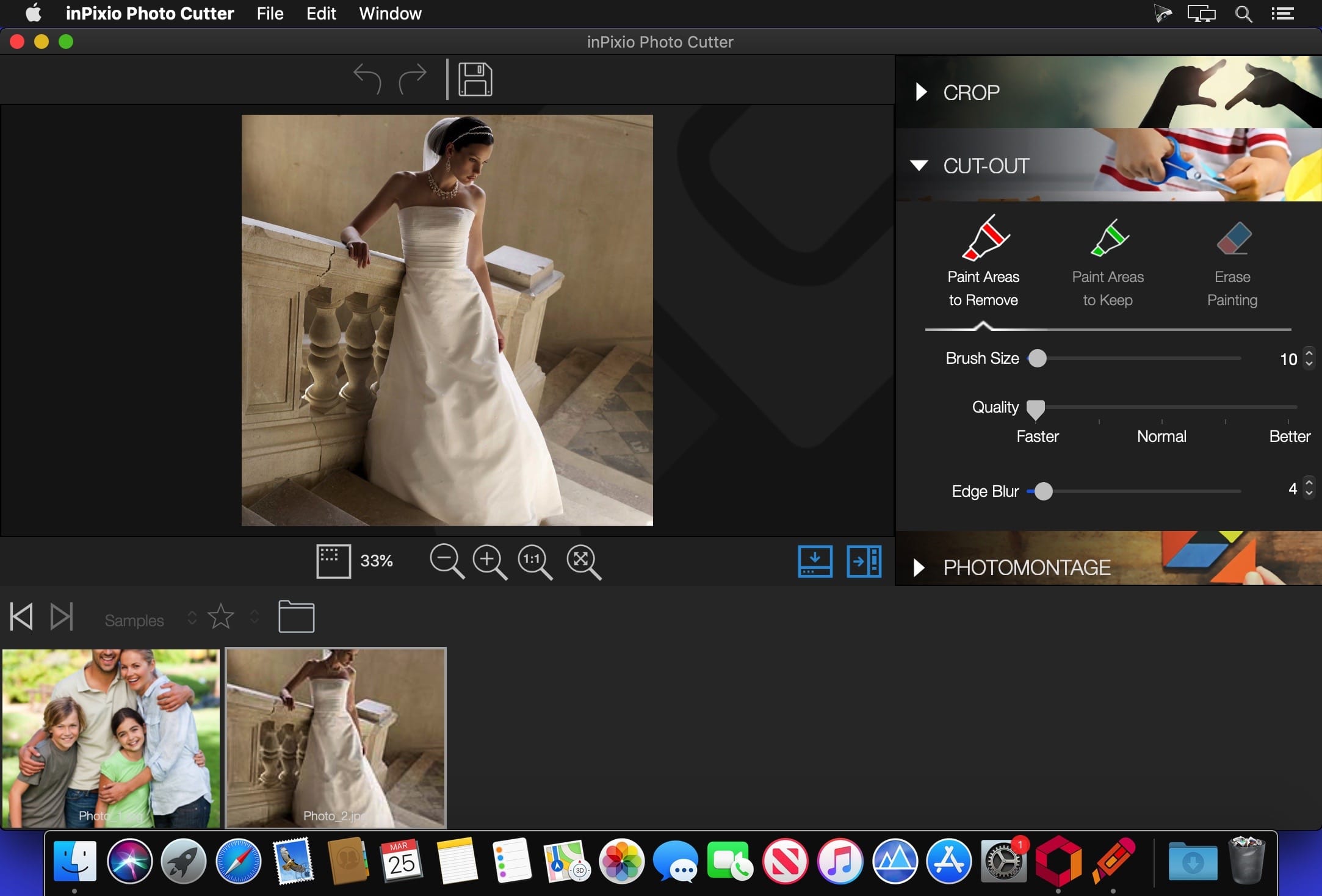

- Snapshot studio professional how to#
- Snapshot studio professional code#
- Snapshot studio professional password#
- Snapshot studio professional Offline#
The AAD tenant ID for the tenant to connect to. If SnapPoint is specified, then only methods that hit a snappoint will be recorded. For more information, see JSON Files.Ī session ID for the user specified in userId.ĭetermines how much execution context to be recorded. Note: Specifying userId doesn't work with Windows authentication: "authentication" : "Windows", in which case you can only choose sessionId or attach to the next session. The user must be able to start, or have a session type opened that is specified in the breakOnNext parameter.
Snapshot studio professional password#
For on-premises, this can also be the user name in user password authentication scenarios.

The GUID of the user who initiated the process to start snapshot debugging. The configuration file contains the following information: Setting
Snapshot studio professional how to#
In the following sections, you can read more about how to initialize, view the status, and finalize a snapshot debugging session. For more information, see the section Downloading symbols on the snapshot debugger endpoint.
Snapshot studio professional code#
Furthermore, any code that snappoints are set in, must have been deployed, otherwise debugging will not work.

In this release, you can ensure this by copying the specific sandbox and download symbols from that copy. This isn't automatically detected, and must be manually checked. To enable snapshot debugging, it's very important that the symbols on the tenant match the symbols on the server. Snapshot debugging will record AL code as it runs on the server, but will only collect variable information on:
Snapshot studio professional Offline#
Snappoints log the state at the breakpoint for later offline inspection. A snappoint is a breakpoint in Visual Studio Code that is set while creating a snapshot but they don't stop execution of code like regular debugging. Snapshot debugging introduces the concept of snappoints. For more information, see Assign Permissions to Users and Groups. To create and download a snapshot file that exists on the server on behalf of an end-user, the user must be part of the D365 Snapshot Debug permission set. Snapshot debugging lets you inspect code execution and variables in the production environment on a cloud service for a specified user session. With snapshot debugging, you can record AL code that runs on the server, and when it has completed, debug the recorded snapshot in Visual Studio Code. Photoshop reselects the exact area for you, so you can reuse it.With Business Central 17.2 - Snapshot Debugging is available in production cloud environments. Note: If this area is deselected for some reason, or you want to make changes to the background area later, you can choose Select > Load Selection, and click your saved area (BKG) from the Channel list. Ensure that the New Channel button is checked under Operation, then click OK. In the Save Selection dialog box, choose New for the Channel, then enter a descriptive name for this selected area (I use BKG for photo backgrounds). From the main menu, choose Select > Save Selection. Notice in the image below how the selected area expands to include a closer, more precise selection around the man.īefore you do anything else, save this selection so you can use it later. In the Expand dialog box, enter the number 1 (to expand the selected area by one pixel), then click OK. From the main menu, choose Select > Modify > Expand. Notice that the selection is not quite aligned perfectly with the man’s hair, suit, face, and neck.

Once the entire background is selected, Zoom in for a closer look.


 0 kommentar(er)
0 kommentar(er)
